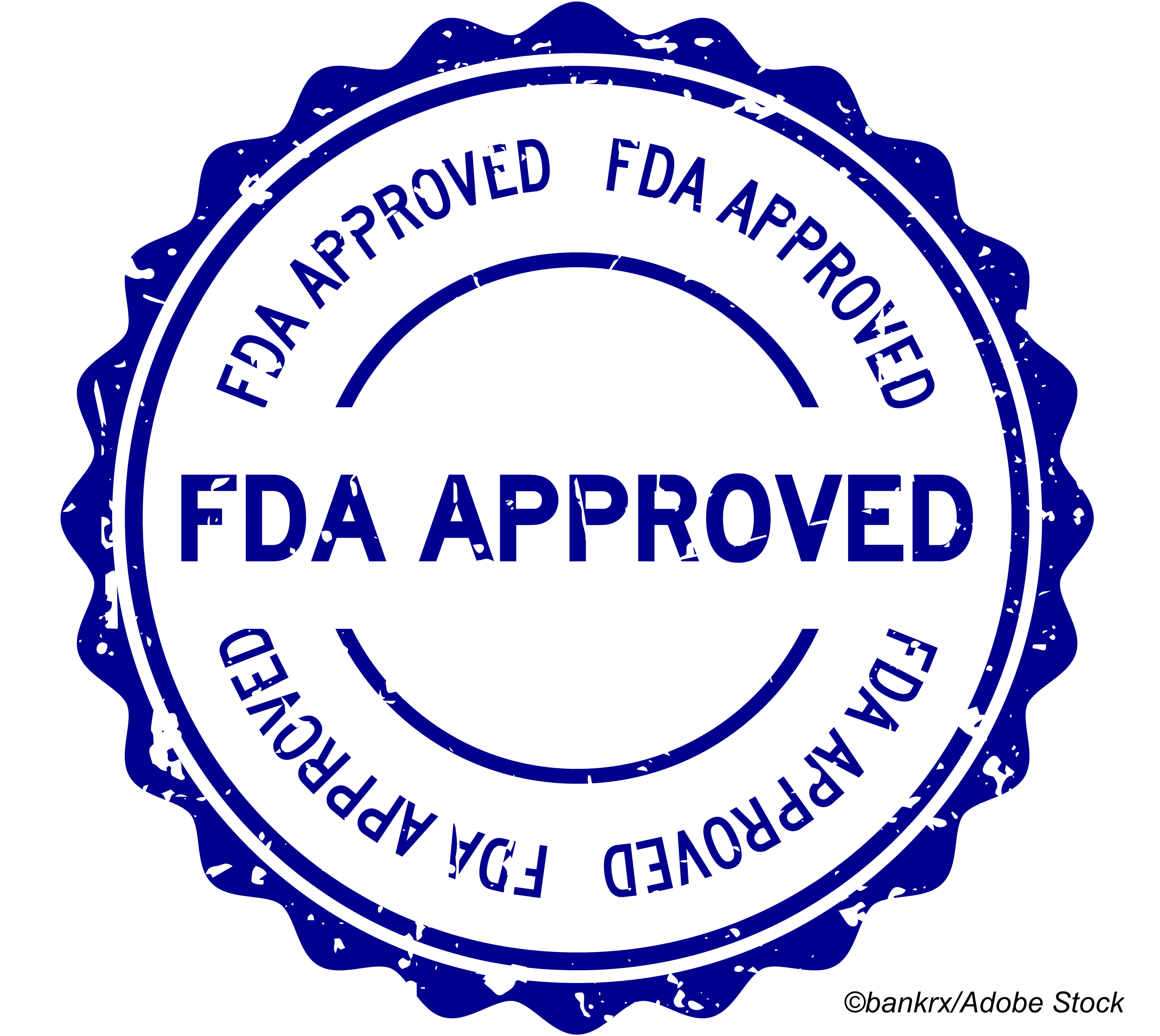The FDA approved rituximab (Rituxan) in combination with chemotherapy to treat kids 6 months to 18 years old with untreated, advanced stage, CD20-positive diffuse large B-cell lymphoma (DLBCL), Burkitt lymphoma (BL), Burkitt-like lymphoma (BLL), or mature B-cell acute leukemia (B-AL).
This approval was based on findings from the global multicenter, open-label, randomized Inter-B-NHL Ritux 2010 trial, which included patients age 6 months or older with previously untreated, advanced stage, CD20-positive DLBCL/BL/BLL/B-AL. Patients were randomized to either lymphome malin B (LMB) chemotherapy (corticosteroids, vincristine, cyclophosphamide, high-dose methotrexate, cytarabine, doxorubicin, etoposide, and triple drug [methotrexate/cytarabine/corticosteroid] intrathecal therapy) alone or in combination with either rituximab or non-U.S. licensed rituximab.
Rituximab was administered over six intravenous infusions at a dose of 375 mg/m2 as per the LMB scheme, the FDA explained.
“The main efficacy outcome measure was event-free survival (EFS), defined as progressive disease, relapse, second malignancy, death from any cause, or non-response as evidenced by detection of viable cells in residue after the second CYVE (Cytarabine [Aracytine, Ara-C], Veposide [VP16]) course, whichever occurs first,” the FDA wrote. “A prespecified interim efficacy analysis at 53% information fraction was performed in 328 randomized patients with a median follow-up of 3.1 years. There were 28 EFS events in the LMB group and 10 in the rituximab-LMB group (HR 0.32; 90% CI: 0.17, 0.58; P=0.0012). At the time of the interim analysis, there were 20 deaths in the LMB chemotherapy arm compared to 8 deaths in the rituximab plus LMB chemotherapy arm, with an estimated overall survival HR of 0.36 (95% CI: 0.16, 0.81). No formal statistical test was conducted for overall survival (OS) and the OS result is considered descriptive. Randomization was discontinued after the interim analysis and an additional 122 patients received rituximab plus LMB chemotherapy and contributed to the safety analysis.”
Based on these findings, rituximab is recommended at a dose of 375 mg/m2 via IV infusion in combination with systemic LMB chemotherapy. Treatment consists of a total of 6 rituximab infusions, “two doses during each of the induction courses, COPDAM1 [cyclophosphamide, Oncovin (vincristine), prednisolone, Adriamycin (doxorubicin), methotrexate] and COPDAM2, and one dose during each of the two consolidation courses of CYM (Cytarabine [Aracytine, Ara-C], methotrexate) and CYVE.”
Side effects in pediatric patients treated with combination rituximab and chemotherapy were febrile neutropenia, stomatitis, enteritis, sepsis, increase alanine aminotransferase, and hypokalemia. The agency noted that grade 3 or higher adverse reactions included sepsis, stomatitis, and enteritis, and fatal reactions occurred in <2% of patients in both the rituximab plus LMB chemotherapy and LMB chemotherapy alone study arms.
Rituximab is manufactured by Genentech, Inc.
John McKenna, Associate Editor, BreakingMED™
Cat ID: 466
Topic ID: 78,466,730,466,467,935,138,192,725,925




Create Post
Twitter/X Preview
Logout